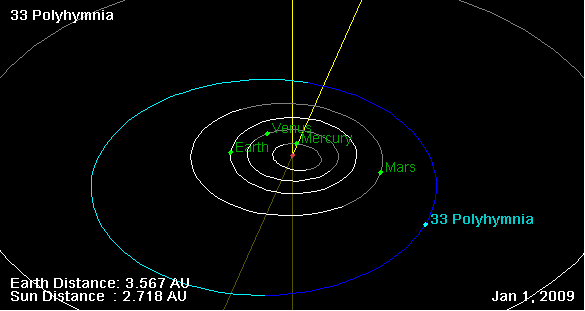SPOCK: Negative, Captain. Its hull is pure neutronium. There is no known way of blasting through it.
If Neutronium is a neutron particle, and if it is considered a noble gas (element 0 location on Antropoff's periodic table), then theoretically, under enough pressure (incredibly high) and/or low enough temperature (absolute zero?), Neutronium can be made solid. Somehow, the Doomsday Machine maintains these conditions for its hull, or once Neutronium is solidified, it becomes stable matter (since it doesn't "vaporize" once the machine is "dead", i.e. no power output).
A more likely scenario is that TOS has an actual element called Neutronium which is is impervious to their phasers and scanning. It doesn't have to be just neutrons. This would be consistent with TOS having a "black star" that is similar to a black hole or antimatter that behaves far more energetically than what we know of in the real world. YMMV.




 Welcome back
Welcome back